How to Choose the Best Sound Proof Acoustic Solutions for Your Space
When it comes to creating a comfortable and productive environment, the importance of effective Sound Proof Acoustic solutions cannot be overstated. According to a report by Acoustics.org, poor acoustics can lead to a significant decline in workplace productivity, with over 70% of employees indicating that noise distractions negatively impact their performance. Additionally, the World Health Organization has highlighted that excessive noise exposure can lead to serious health issues, including stress and sleep disturbance. Thus, selecting the right soundproofing materials and techniques is crucial not just for enhancing privacy and focus, but also for ensuring well-being in residential, commercial, and industrial spaces.
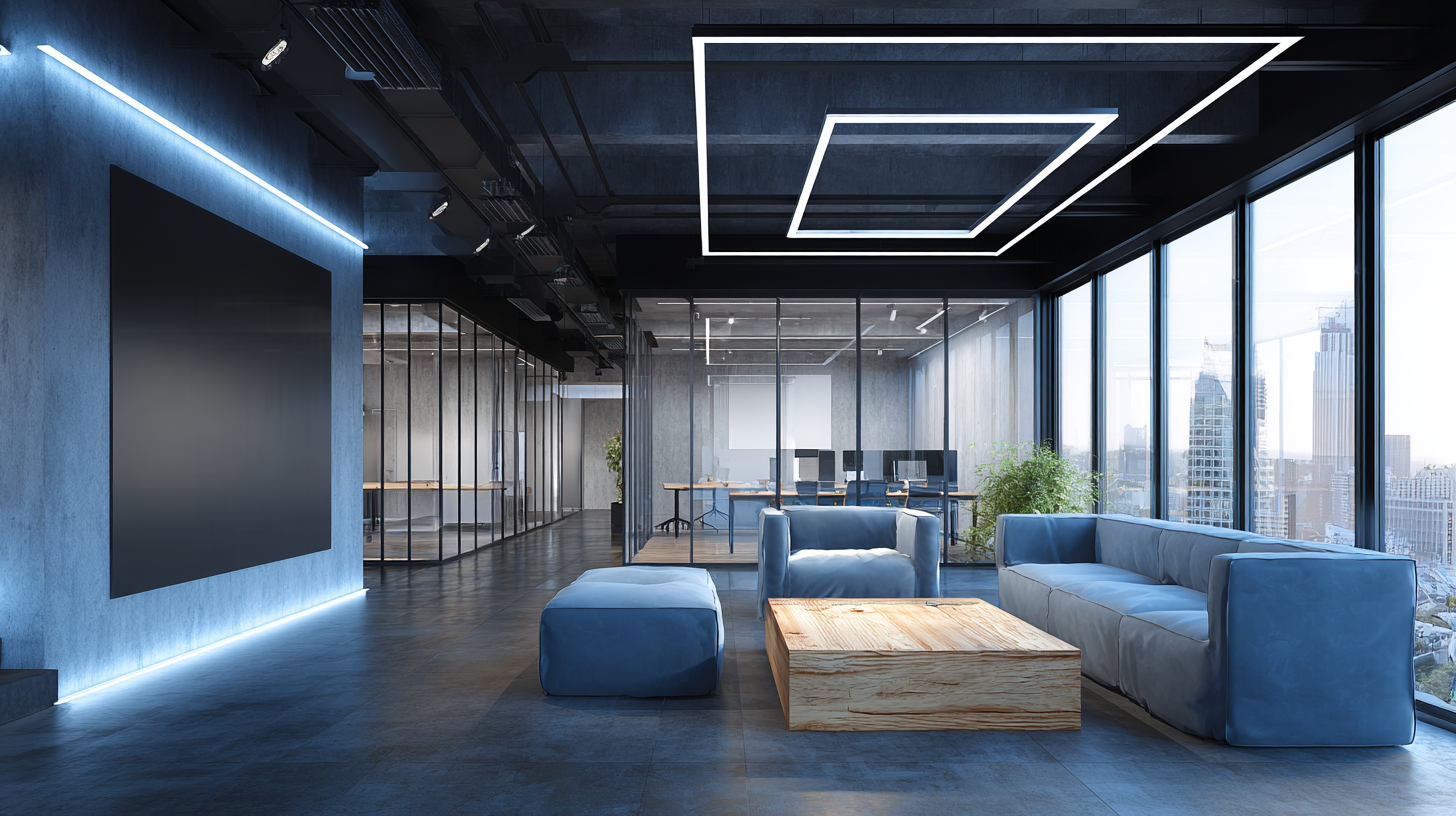
This guide will explore various factors to consider when choosing the best Sound Proof Acoustic solutions tailored to your specific needs, ensuring that you create an environment conducive to both comfort and productivity.
Identifying Your Acoustic Needs: Assessing Noise Levels in Your Space
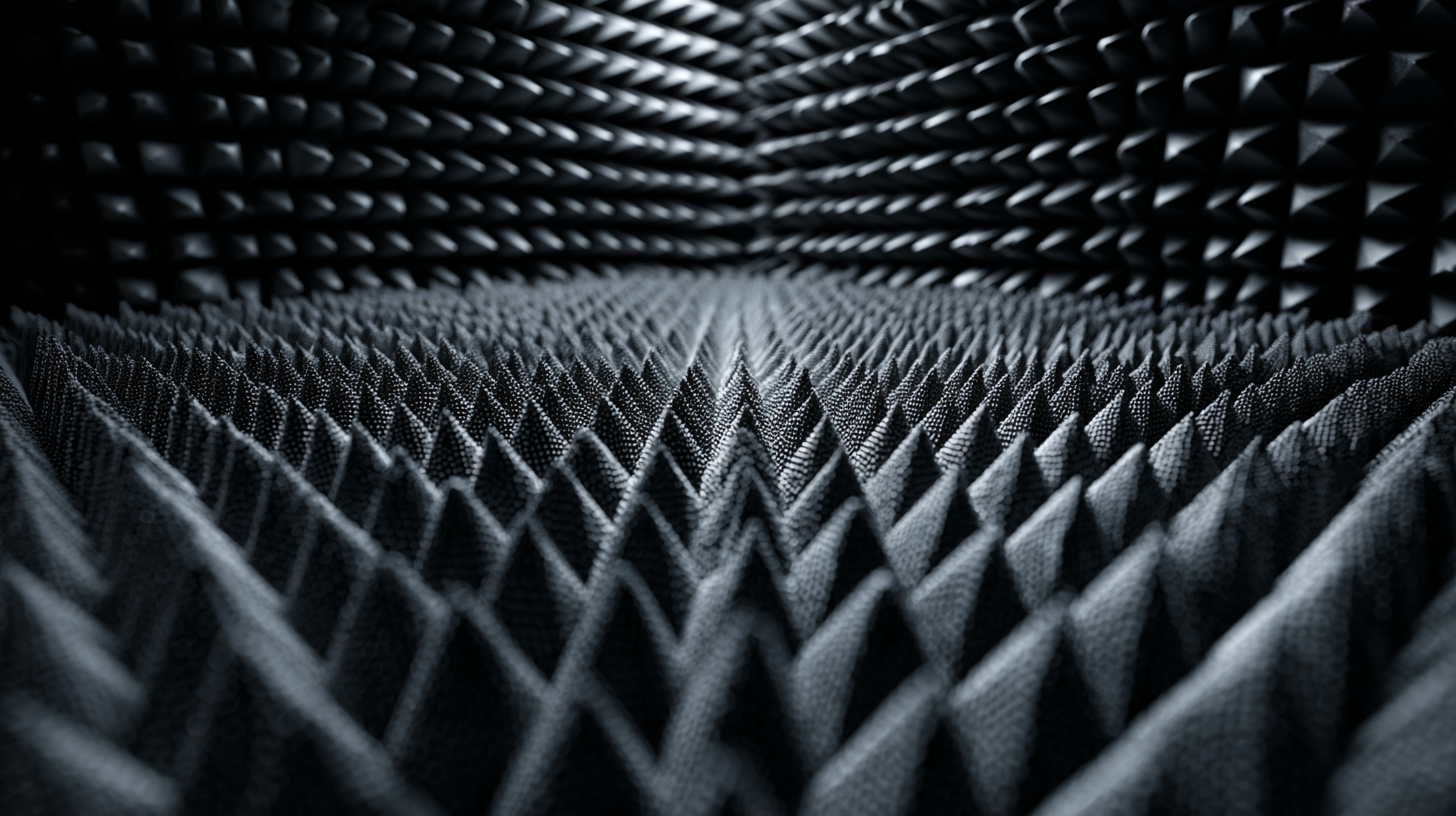 When considering how to choose the best soundproof acoustic solutions for your space, it’s crucial to start by identifying your acoustic needs. Assessing the noise levels in your environment is a key step in determining the appropriate soundproofing measures. According to a report by the National Institute of Health, prolonged exposure to noise levels above 85 dB can lead to hearing loss and other health issues. Thus, measuring the current decibel levels in your space offers valuable insights to tailor solutions effectively.
When considering how to choose the best soundproof acoustic solutions for your space, it’s crucial to start by identifying your acoustic needs. Assessing the noise levels in your environment is a key step in determining the appropriate soundproofing measures. According to a report by the National Institute of Health, prolonged exposure to noise levels above 85 dB can lead to hearing loss and other health issues. Thus, measuring the current decibel levels in your space offers valuable insights to tailor solutions effectively.
To assess your noise levels, use a decibel meter to capture the sound intensity at different times of the day. Take note of both indoor and outdoor sounds, as external noise can greatly affect your space. For instance, urban areas often experience noise pollution from traffic, which can average around 70-90 dB. Understanding these dynamics helps in selecting the right materials, such as acoustic panels or soundproof curtains, that can absorb or block out these disruptive sounds.
Tips: Consider incorporating soft furnishings like rugs and upholstered furniture, as they can naturally absorb sound. Additionally, sealing gaps around doors and windows can significantly reduce sound infiltration, enhancing your overall acoustic experience. Remember to prioritize your comfort and well-being by maintaining a peaceful sound environment in your workspace or home.
Exploring Different Types of Soundproofing Materials and Their Effectiveness
When it comes to soundproofing a space, understanding the various types of materials available is essential for achieving optimal results.
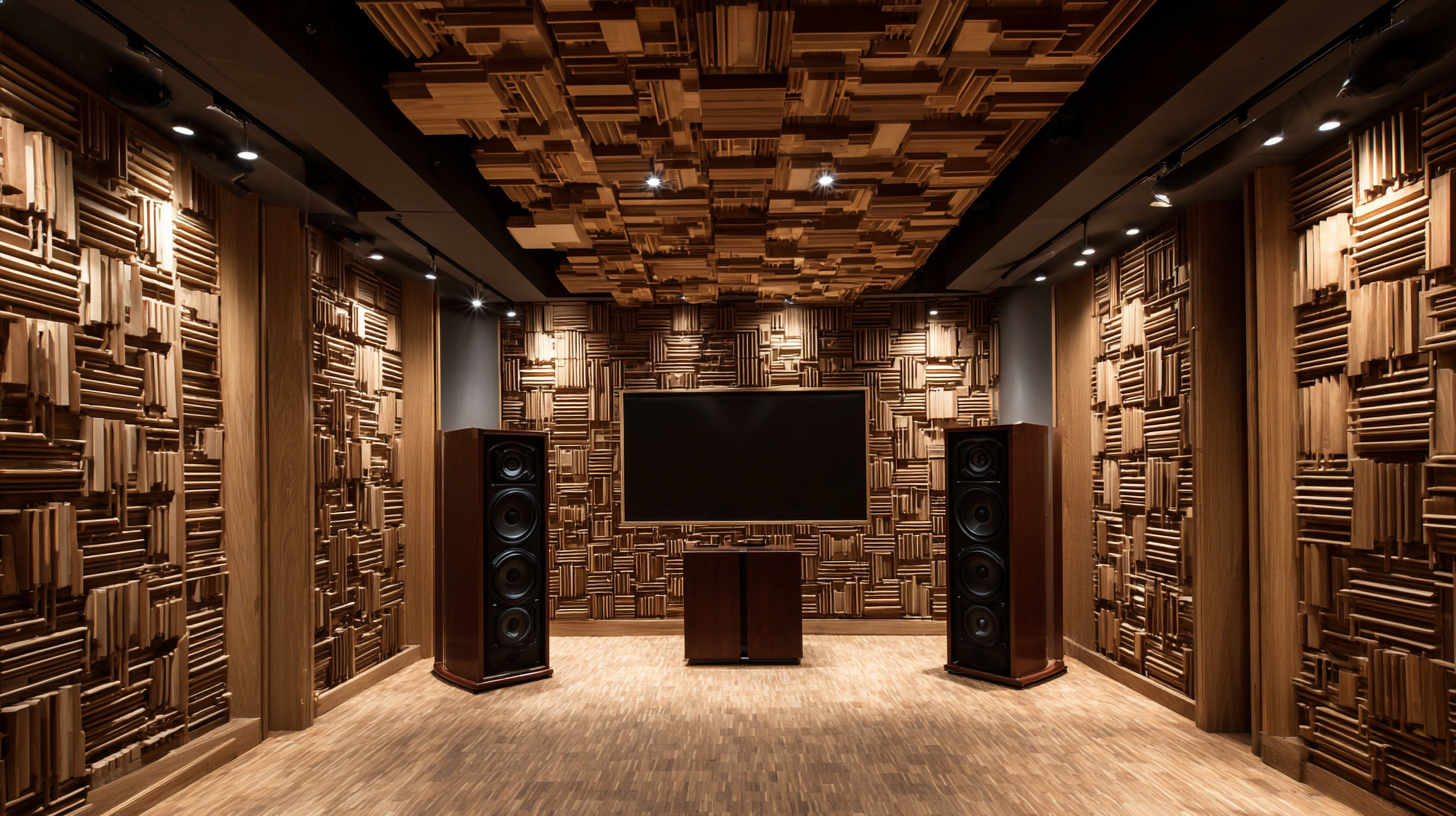 Acoustic panels, commonly made from soft foam or fabric-wrapped fiberglass, are designed to absorb sound waves and reduce echo within a room.
These panels are ideal for home theaters or recording studios, where sound clarity is crucial. Their effectiveness often depends on placement and room size, as strategically positioning them can significantly enhance their sound-absorbing properties.
Acoustic panels, commonly made from soft foam or fabric-wrapped fiberglass, are designed to absorb sound waves and reduce echo within a room.
These panels are ideal for home theaters or recording studios, where sound clarity is crucial. Their effectiveness often depends on placement and room size, as strategically positioning them can significantly enhance their sound-absorbing properties.
Another popular option is mass-loaded vinyl (MLV), which is a dense material that serves as a barrier against sound transmission. MLV is particularly effective for blocking airborne noises, making it suitable for walls, ceilings, and floors.
When combined with other materials like drywall, it can create a robust soundproofing solution. Additionally, acoustic caulk can be used to seal gaps and cracks, thereby preventing sound leaks that would undermine the effectiveness of other materials. Each of these solutions has its unique benefits, and selecting the right combination based on your specific needs will greatly improve the acoustics of your space.
Understanding Room Design: How Layout Impacts Sound Proofing Choices
When selecting soundproof acoustic solutions for your space, the layout of the room plays a crucial role in determining the effectiveness of your choices. Different room designs, whether open-concept living areas or traditional closed-off spaces, can significantly influence sound dynamics. For example, in an open layout, sound can travel more freely, often requiring a combination of sound-absorbing materials like rugs and curtains paired with sound barriers to effectively manage noise levels. In contrast, a more enclosed room may benefit from targeted soundproofing measures, such as acoustic panels on key wall sections or specialized doors designed to minimize sound transmission.
Furthermore, the placement of furniture and fixtures can impact sound absorption and reflection within the space. Strategically positioning soft furniture, such as sofas and upholstered chairs, can help absorb sound, while reflective surfaces like glass or concrete can exacerbate noise problems. Therefore, considering both the function of each area and the overall aesthetics will guide the selection of the right acoustic materials. Prioritizing a thoughtful room design can lead to a more harmonious environment, where soundproofing solutions effectively meet the unique challenges presented by the layout.
How to Choose the Best Sound Proof Acoustic Solutions for Your Space
| Room Type | Acoustic Solution | Effectiveness (1-10) | Cost (USD) | Installation Complexity (1-5) |
|---|---|---|---|---|
| Home Theater | Acoustic Panels | 9 | 300 | 3 |
| Office | Soundproof Windows | 8 | 1500 | 4 |
| Recording Studio | Bass Traps | 10 | 600 | 2 |
| Classroom | Acoustic Ceiling Tiles | 7 | 800 | 2 |
| Music Room | Sound Absorbing Curtains | 8 | 200 | 1 |
Evaluating Budget Options: Cost-Effective Solutions for Acoustic Treatment
When considering cost-effective acoustic treatment solutions for your space, it's essential to evaluate your budget alongside the desired soundproofing efficacy. According to industry reports, soundproofing solutions can vary significantly in price, with some basic acoustic panels starting as low as $10 per square foot, while more advanced options can reach upwards of $50 per square foot. Therefore, identifying what you need in terms of noise reduction is crucial in maximizing your budget.
One widely recognized method to achieve effective soundproofing while remaining cost-conscious is the use of foam panels or DIY soundproofing kits. Research suggests that proper installation of these materials can improve sound absorption by up to 70%, making them a valuable choice for areas like recording studios or home theaters.
Moreover, it's possible to find budget-friendly acoustic materials that do not compromise quality; for example, using thicker foam panels at a lower cost can offer similar benefits to more expensive, branded solutions. This approach encourages a tailored solution that fits both your aesthetic and functional requirements without overspending.
Professional vs. DIY: Deciding on the Right Installation Method for Your Needs
When considering soundproof acoustic solutions for your space, one of the first decisions you’ll need to make is whether to hire a professional or tackle the project yourself. Professional installation offers expertise, ensuring that materials are used effectively and appropriately for your specific environment. This can lead to superior results, especially in more complex spaces where sound absorption materials need precise placement.
On the other hand, DIY installations can be a cost-effective alternative if you're on a tight budget or if you enjoy hands-on projects. With the right research and planning, you can achieve satisfactory results using readily available materials like acoustic panels, foams, or curtains.
Tips:
1. Assess your specific needs by measuring sound levels and identifying the sources of noise. This will help you choose the most effective materials.
2. If opting for a DIY approach, invest in quality products to ensure durability and effectiveness—cheap materials may not provide the acoustic benefits you desire.
3. Document your installation process and results, so you can identify what works well and make adjustments for future projects.
Related Posts
-

What are the Benefits of Using Acoustic Building Materials for Global Construction Projects
-
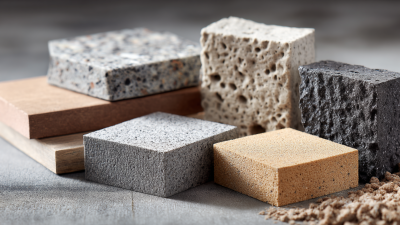
Global Leaders in Manufacturing: Discover the Best Acoustic Building Materials
-
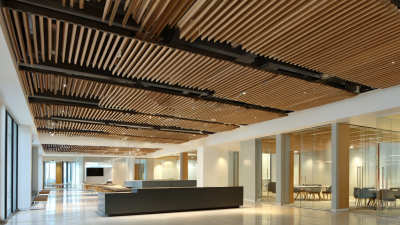
Maximizing Sound Quality with Best Commercial Acoustic Panels Strategies for Effective Use
-

7 Ways Grooved Acoustic Panels Transform Your Space for Better Sound Quality
-
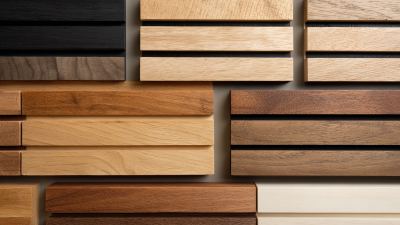
7 Innovative Tips for Sourcing the Perfect Acoustic Wood Slat Wall for Your Next Project
-
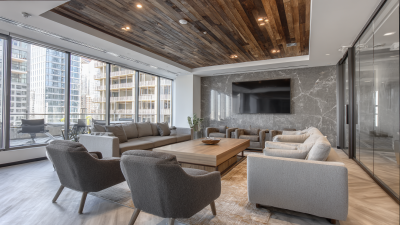
How to Maximize Sound Quality with Seamless Acoustic Ceiling Solutions
-

Phone
-

E-mail
-

wechat
wechat

-

whatsapp
whatsapp


